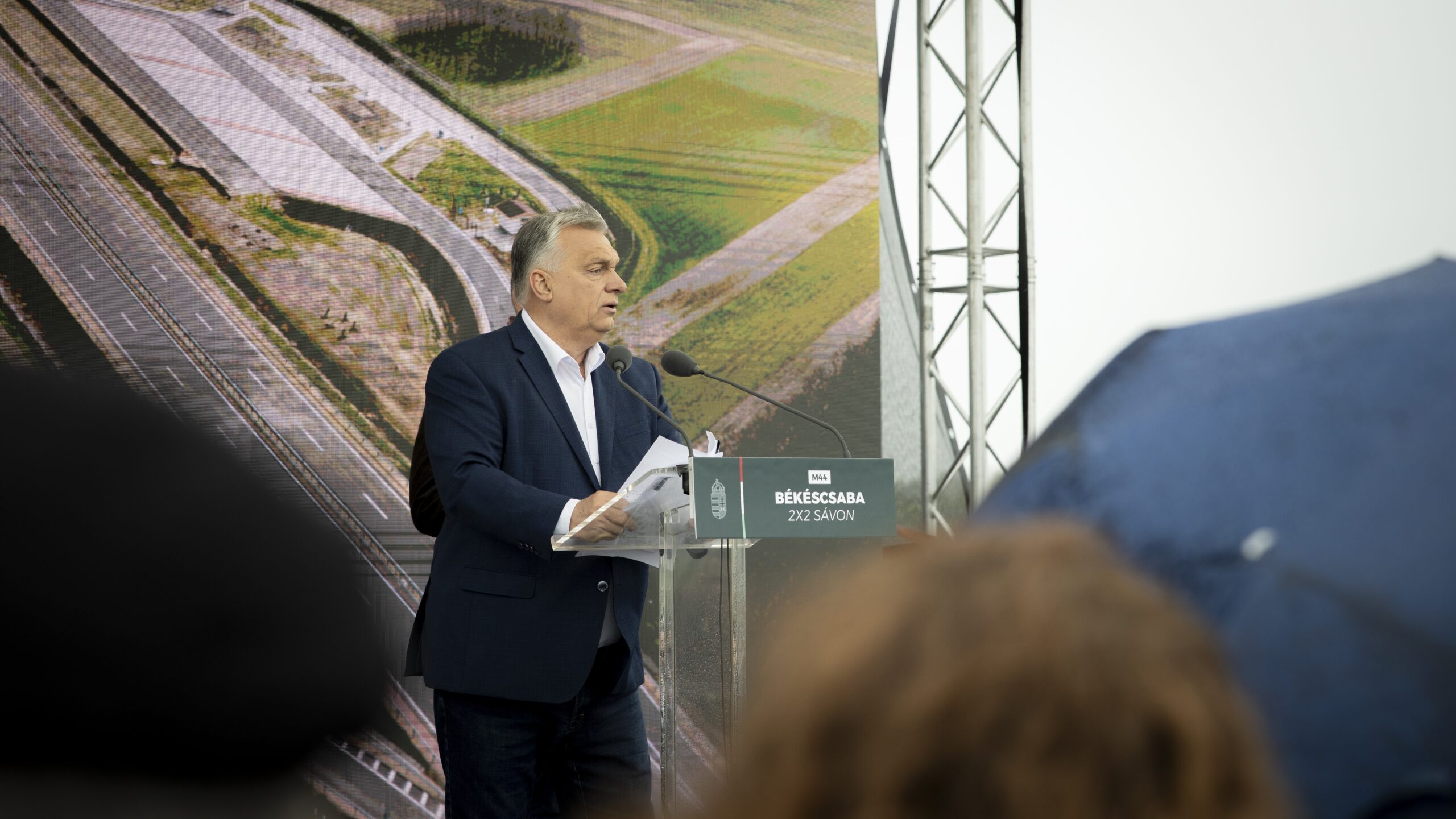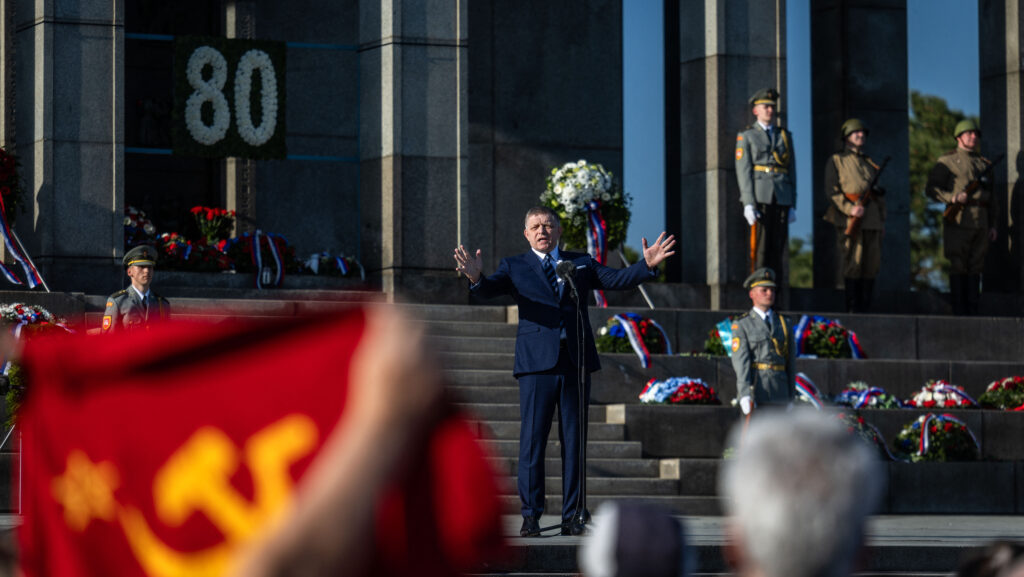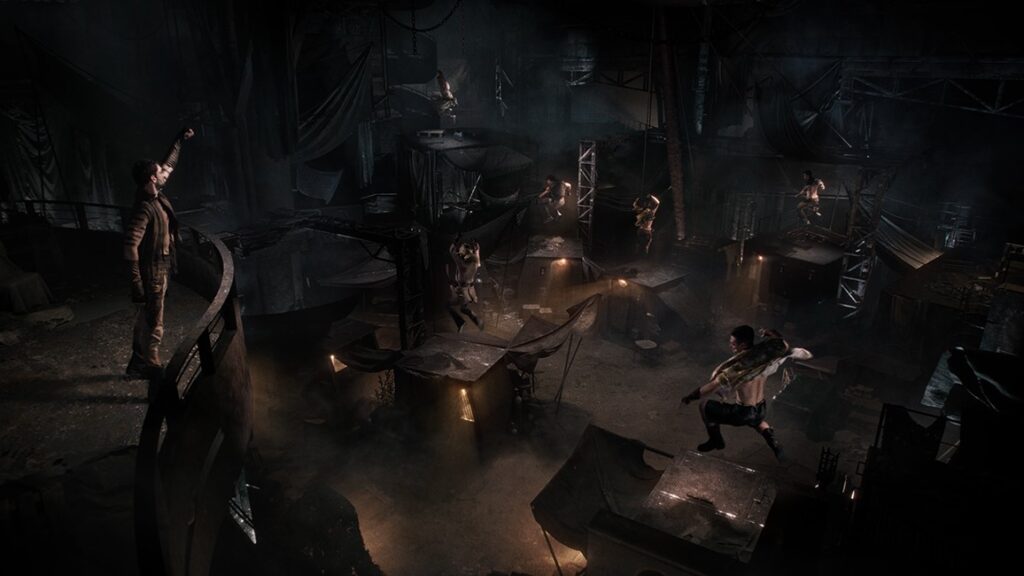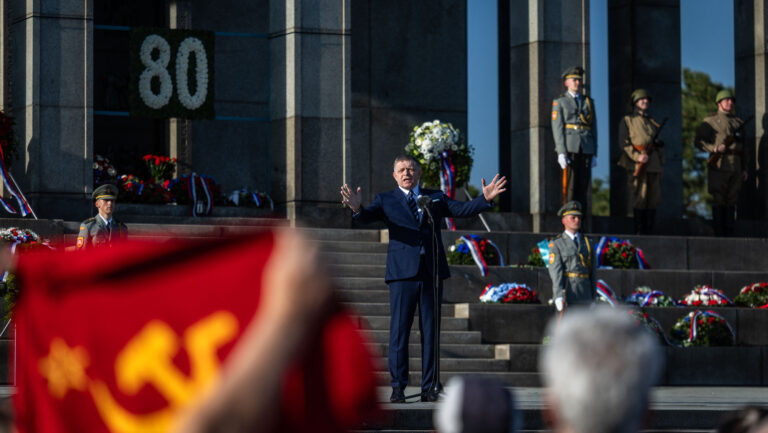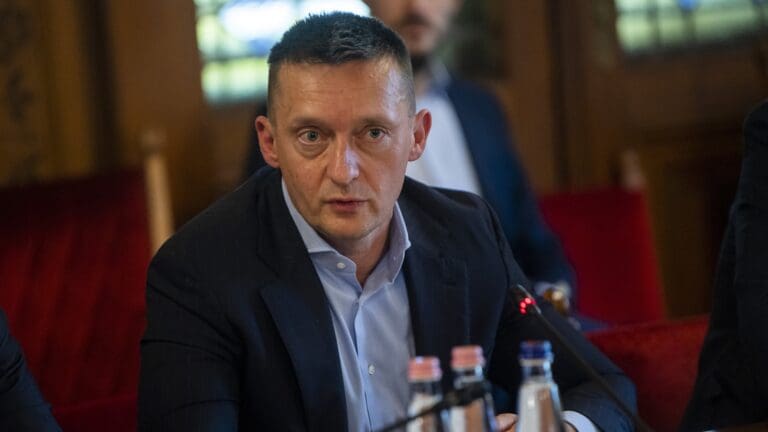A new section of the M44 expressway was inaugurated this week, connecting the M5 motorway to the town of Szentkirály. With this development, drivers can now travel from Kecskemét to Békéscsaba on a continuous four-lane road, significantly improving regional traffic flow and access.
At the opening ceremony, Sándor Lezsák, Deputy Speaker of the National Assembly and MP for Bács-Kiskun County’s 4th constituency, emphasized the importance of the project. He described the day as a long-awaited celebration for communities between the Danube and Tisza rivers, noting that locals had waited more than 30 years for this moment. The entire M44 expressway spans 125 kilometres and was constructed over nine years with the help of over 1,500 workers, at a cost of nearly 543 billion forints funded from the national budget.
Prime Minister Viktor Orbán also attended the ceremony, calling his cabinet the ‘government of roadbuilding’. He noted that since 2010, Hungary has increased the length of its expressway network by 50 per cent, while doubling the value of state assets over the past 15 years. ‘Hungary can be proud of this achievement,’ he said.
Orbán stressed the government’s ongoing commitment to connecting all county-level cities to the expressway network. In recent years, cities such as Eger, Szolnok, Salgótarján, Sopron, and Kaposvár have been integrated into the system. With the completion of this latest section of the M44, he added, Békéscsaba now joins this ‘club’ of connected cities.
Looking ahead, the Prime Minister announced further developments, including plans to expand the M1, M3, and M7 motorways to three lanes and to construct the new M8 motorway. This future route will allow travel between western and eastern Hungary without passing through Budapest.
Lezsák said the opening marks more than just an infrastructure milestone—it also symbolizes the rebirth of rural life in Hungary. He linked the achievement to broader rural development policies such as the Hungarian Village Programme, support for rural entrepreneurs and families, home renovation subsidies, agriculture and forestry investments, infrastructure improvements, and youth farming incentives. He pointed out that thanks to these policies, population growth has restarted in over 1,200 small villages.
In contrast to voices within the opposition who have questioned the viability of rural settlements, Lezsák reaffirmed the government’s commitment to vibrant rural communities. ‘We don’t want ghost villages,’ he said, adding that every village—no matter how small—has value, history, and a future.
Construction on the M44 began in 2016, with the first major segment between Tiszakürt and Kondoros opening in 2019. Additional stretches between Kondoros and Békéscsaba, and Lakitelek and Tiszakürt—including the new Tisza bridge at Tiszaug—followed in subsequent years. The most recent segment between the M5 motorway and Szentkirály adds a 30-kilometre dual carriageway without emergency lanes, connecting to previous M44 sections and linking Békéscsaba to Hungary’s high-speed road network.
Related articles:

